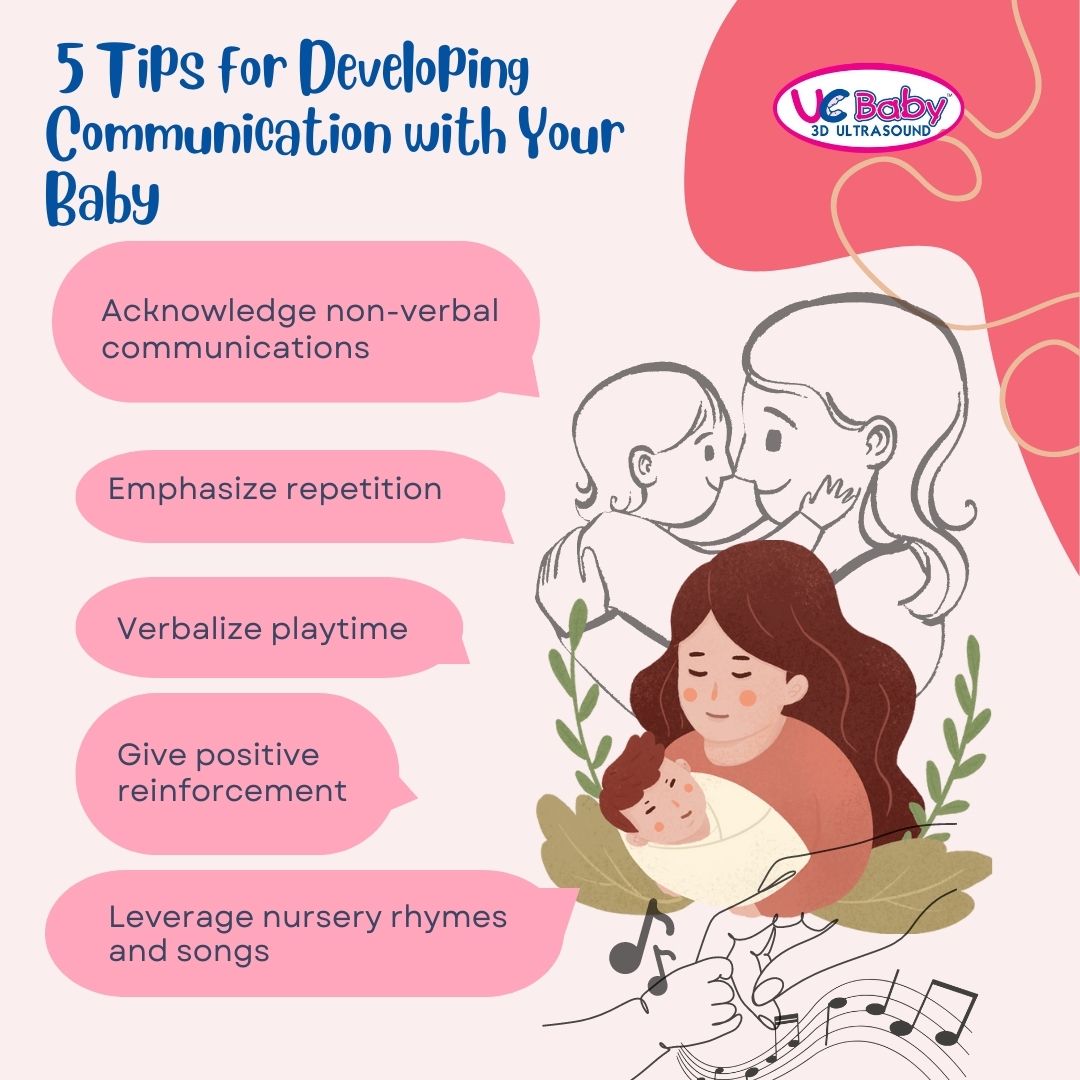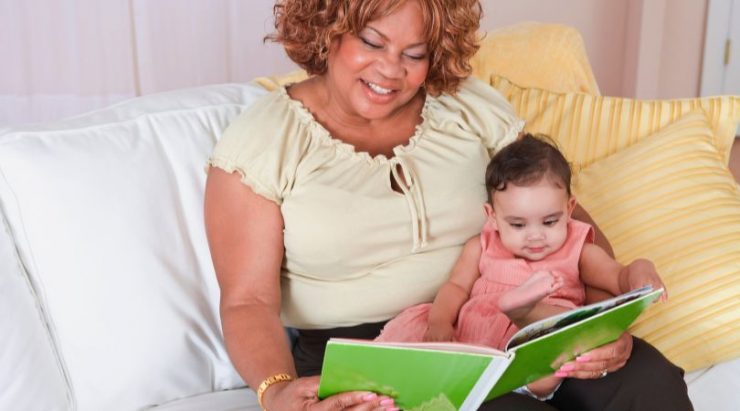It’s always exhilarating when your little one reaches new milestones. Parents want to be there to experience every “first” — whether this be their baby’s first time crawling, standing up, or talking. Unfortunately, there’s no specific formula to reach any of these milestones, but we can try our best to support our babies through their learning. Developing communication with the baby is part of any parent’s learning process with parenthood. It is different for every child.
According to What to Expect, babies generally begin speaking at approximately 9 to 14 months. However, each individual will progress at their own speed; there’s no need to worry if your child doesn’t fall into this window. In the meantime, here are 5 ways you can encourage the development of their verbal communication skills.
Effective Ways in Developing Communication with the Baby
1. Acknowledge non-verbal communication
By paying attention to non-verbal cues from your baby, you’ll be able to pick up on what piques their interest and curiosity. When your little one points or makes other gestures, you can encourage them by verbalizing their efforts. For example, if they point at a certain object, you can describe elements like its colour, texture, and name.
2. Emphasize repetition
It’s no secret that repetition can be an extremely useful tool for learning, especially regarding a new language. When it comes to babies, they’re no exception. As they hear you repeat certain words, this may help them develop a level of understanding. That is, they’ll ideally begin associating certain actions, objects, or people with the sounds of your words.
3. Verbalize playtime
Although it may not seem like it, playtime is a meaningful activity that can help support your baby’s development. This is an excellent time for your little one to be expressive and adventurous. They can potentially even take the lead. Whether you’re using the seesaw at the park, drawing with crayons, or playing with toys, you can verbally describe your activities to your baby. Again, this can help reinforce the meaning of words, specifically in a setting where your child’s already engaged.
4. Give positive reinforcement
Although the big moments are more exciting, it’s important to acknowledge smaller milestones and provide positive feedback when possible. For example, when your child is close to saying a word, you can communicate enthusiasm and reinforce their ideas. This can also be applied when your little one shows non-verbal forms of communication like pointing. Your positive words and body language help convey encouragement.
5. Leverage nursery rhymes and songs
There’s a reason why songs and rhymes are so popular among young children. Singing and listening to music is an excellent way to entertain your little one — these activities can also be educational. Many popular rhymes already revolve around simple words that are generally easier to understand. Further, kids’ songs feature a significant amount of repetition, noises, and actions. Don’t forget to maintain a high level of engagement as young ones will often mirror your enthusiasm.

References:
Understanding Your Baby’s Language Development
Written by: Alicia Chow
Check our other blog: 6 Tips to Navigate Toddler Playtime





 Invite families and friends to witness this memorable event of your pregnancy. Celebrate that special child-bonding moment with your loved ones, wherever they are in the world.
Invite families and friends to witness this memorable event of your pregnancy. Celebrate that special child-bonding moment with your loved ones, wherever they are in the world. There is nothing more beautiful than your baby's heartbeats. Save that sound forever in a UC Baby® Heartbeat Bear®. It's not just a great keepsake, but also an effective way to sooth your baby to sleep.
There is nothing more beautiful than your baby's heartbeats. Save that sound forever in a UC Baby® Heartbeat Bear®. It's not just a great keepsake, but also an effective way to sooth your baby to sleep.

